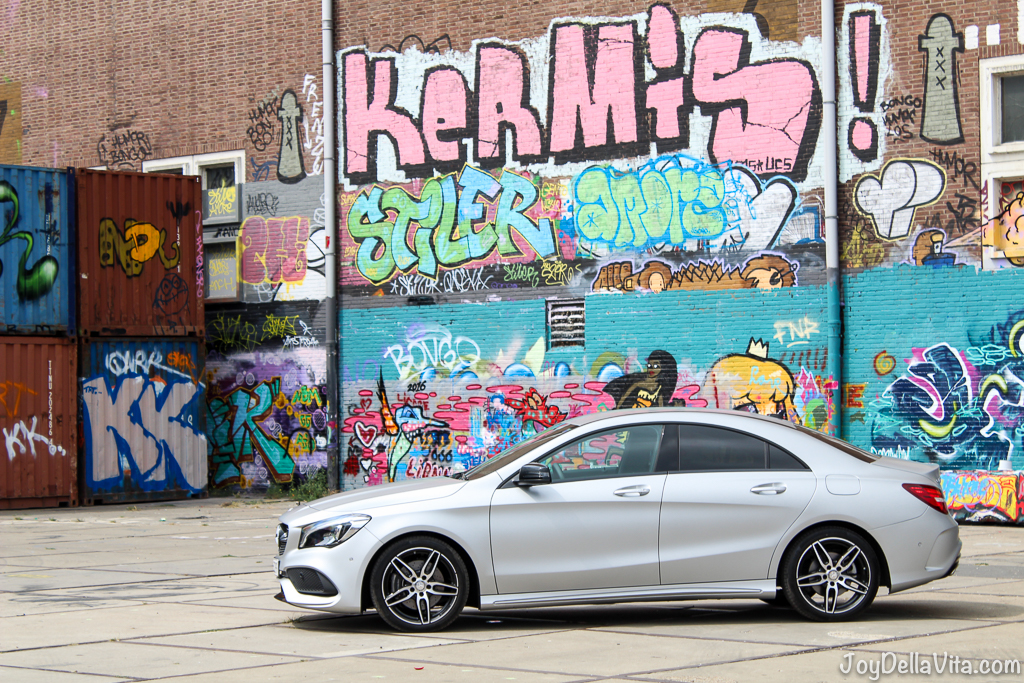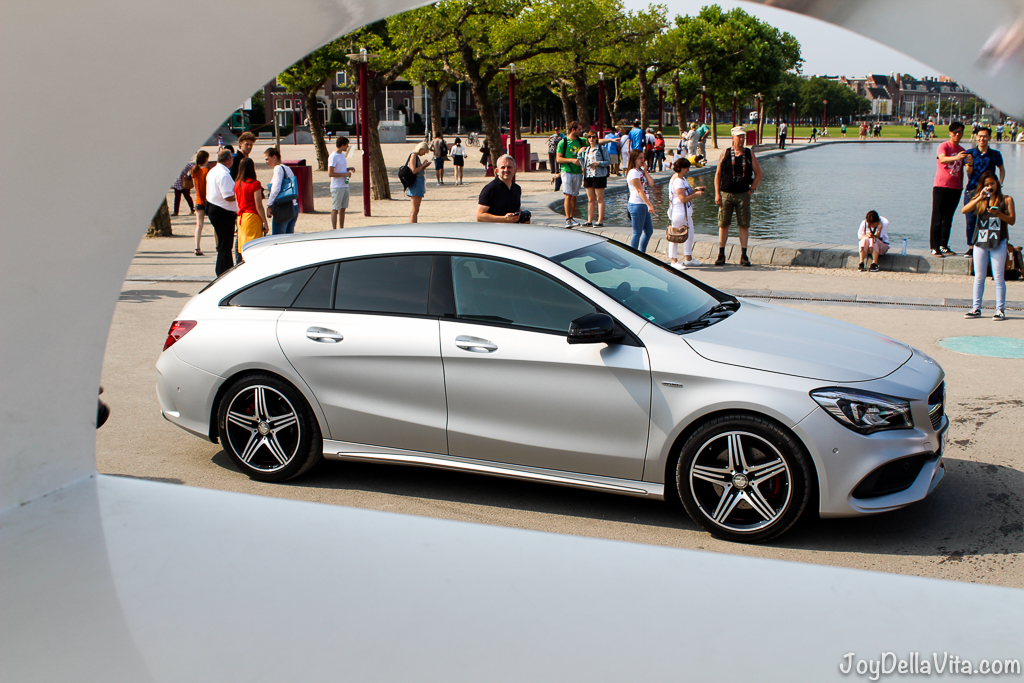CO2 reduction and sustainable mobility are key elements of the business strategy. As part of “Ambition 2039”, Mercedes-Benz is working on offering a CO2-neutral new car fleet in 20 years. Mercedes-Benz AG is the first premium automobile manufacturer to have had its climate protection objectives scientifically verified by the Science Based Targets Initiative (SBTI). The company supports the Paris World Climate Accord with these targets. The aim of this accord is to limit global warming to well under 2°C compared to its pre-industrial level.
“For the reduction of CO2 emissions, we have set ourselves ambitious targets and are in the process of implementing concrete measures. For example, we are investing a ten-digit figure in the expansion of our electric fleet. We are aware of our responsibility and are doing our part,” says Ola Källenius, Chairman of Daimler AG and Mercedes-Benz AG. “By having our climate protection targets scientifically recognised by the Science Based Targets Initiative (SBTI), we ensure that they support the path of the Paris Climate Accord.”
Mercedes-Benz AG has set itself the ambitious goal of reducing the greenhouse gas emissions of the new car fleet during the operating phase (part of Scope 3) by more than 40 percent by 2030 compared to 2018.
Therefore, Mercedes-Benz is relying on an intelligent mix of the latest combustion engines and partial electrification using 48-volt technology, tailor-made plug-in hybrids and battery or fuel cell powered electric vehicles. By using so-called “e-fuels”, combustion engines could also become “CO2-neutral” in the future, so to speak. E-fuels are synthetic fuels. They become a real alternative when the power to synthesise them is derived from renewable sources and the CO2 is obtained from the atmosphere, or comes from biomass.
However, apart from the purely technological possibilities, the expansion of the infrastructure and market-specific conditions, the determining factor of the climate protection targets will ultimately be one thing above all: the actual buying decision of the customers in favour of these efficient products.
Markus Schäfer, member of the Board of Management of Daimler AG responsible for group research and Mercedes-Benz Cars development: “There is no question that our long-term goal of CO2-neutral mobility goes hand in hand with electrification. Our strategic thrust is very clear: ‘Electric first’. When we develop a new vehicle architecture, we first design the car as a purely electric vehicle. Only then do we think about any modifications, e.g. a plug-in hybrid drive. In our view, and at least in the medium term, there is not only one drive system of the future, but several. We are therefore taking this road open for sustainable technologies so that we can react flexibly to individual demand situations of our customers and the development of markets.”
The Science Based Targets Initiative: an alliance of climate protection organisations
In addition of reducing the greenhouse gas emissions of the new car fleet during the operating phase, the direct CO2 emissions by the plants and energy procurement (Scope 1 and 2[1] will be halved compared to the reference year 2018 by 2030 according the report profile)[2]. This production-related reduction target is in line with current scientific findings given a maximum global warming of 1.5 degrees. How Daimler generally calculates its CO2 emissions can be read here.
In mid-2015 an alliance between the renowned environmental and climate protection organisations CDP (formerly Carbon Disclosure Project), UNGC (United Nations Global Compact), WRI (World Resources Institute) and WWF (World Wide Fund For Nature) founded the Science Based Targets Initiative (SBTI). The aim was to create a framework within which companies can reduce their greenhouse gas emissions on a scientific basis. Daimler already joined this initiative in 2016, with the aim of submitting binding objectives within three years.
To have their scientifically based climate targets officially recognised, the companies involved submit their plans to the Science Based Targets Initiative whose experts thoroughly examine them. To date almost 700 companies have joined the initiative.
To obtain a positive assessment, the participating companies must show that their targets reflect the latest state of research. They also need to achieve a minimum saving that is necessary for a market participant in the relevant sector and of this size to achieve the global targets of the Paris Accord.
[1] According to the Greenhouse Gas Protocol (a private, transnational standard for balancing greenhouse gas emissions), greenhouse gas emissions by industry are divided into three categories (Scopes). Scope 1 are the emissions by a plant itself; Scope 2 describes the emissions from energy procurement; Scope 3 includes both the upstream and downstream value creation chain, e.g. raw materials or the use of sold products.
[2] SBTI’s current method of calculation does not recognize the CO2 compensation tool. Daimler uses this tool to make its European passenger car plants CO2-neutral by 2022.






